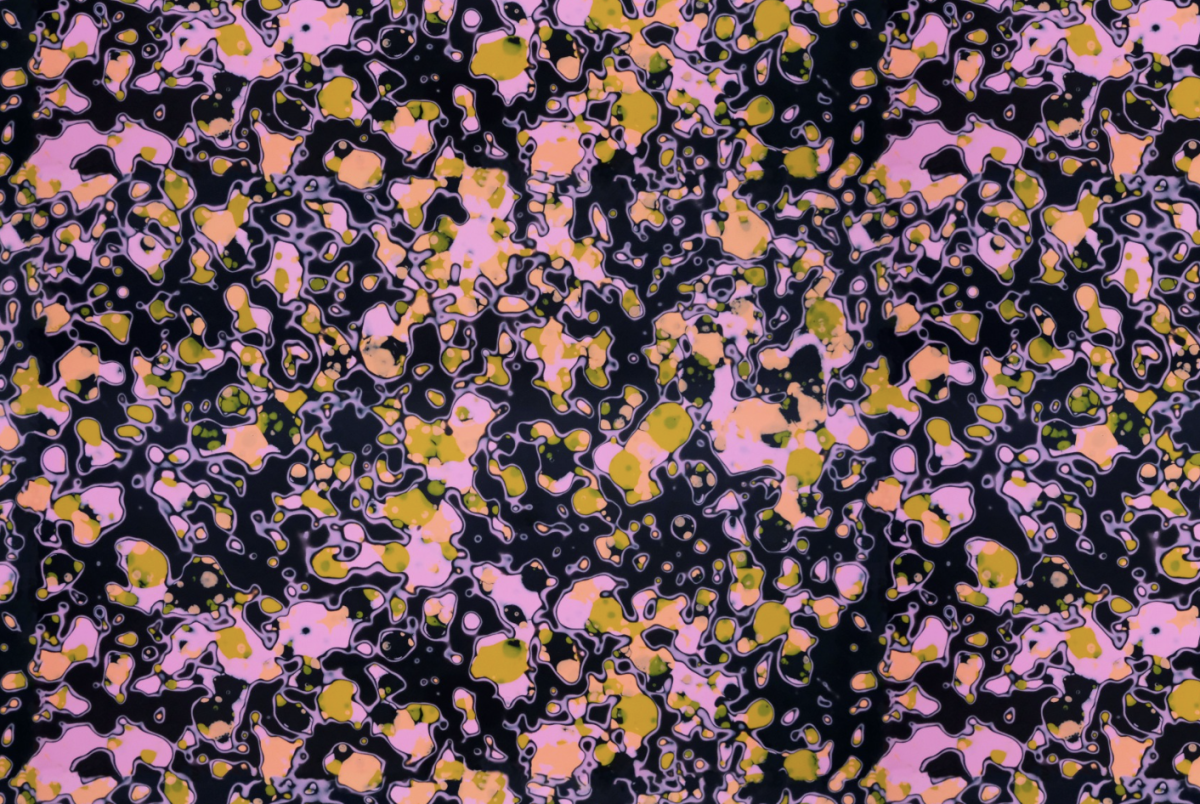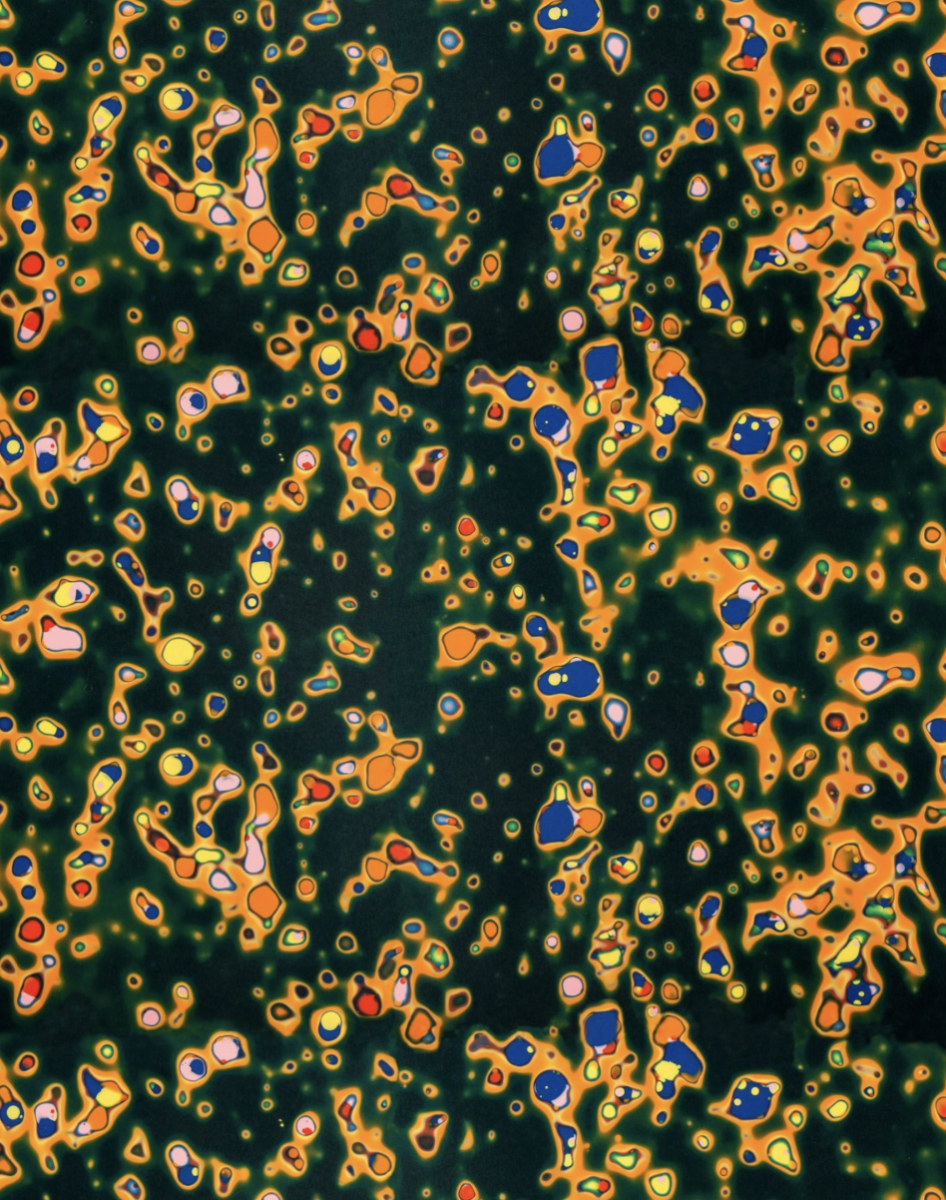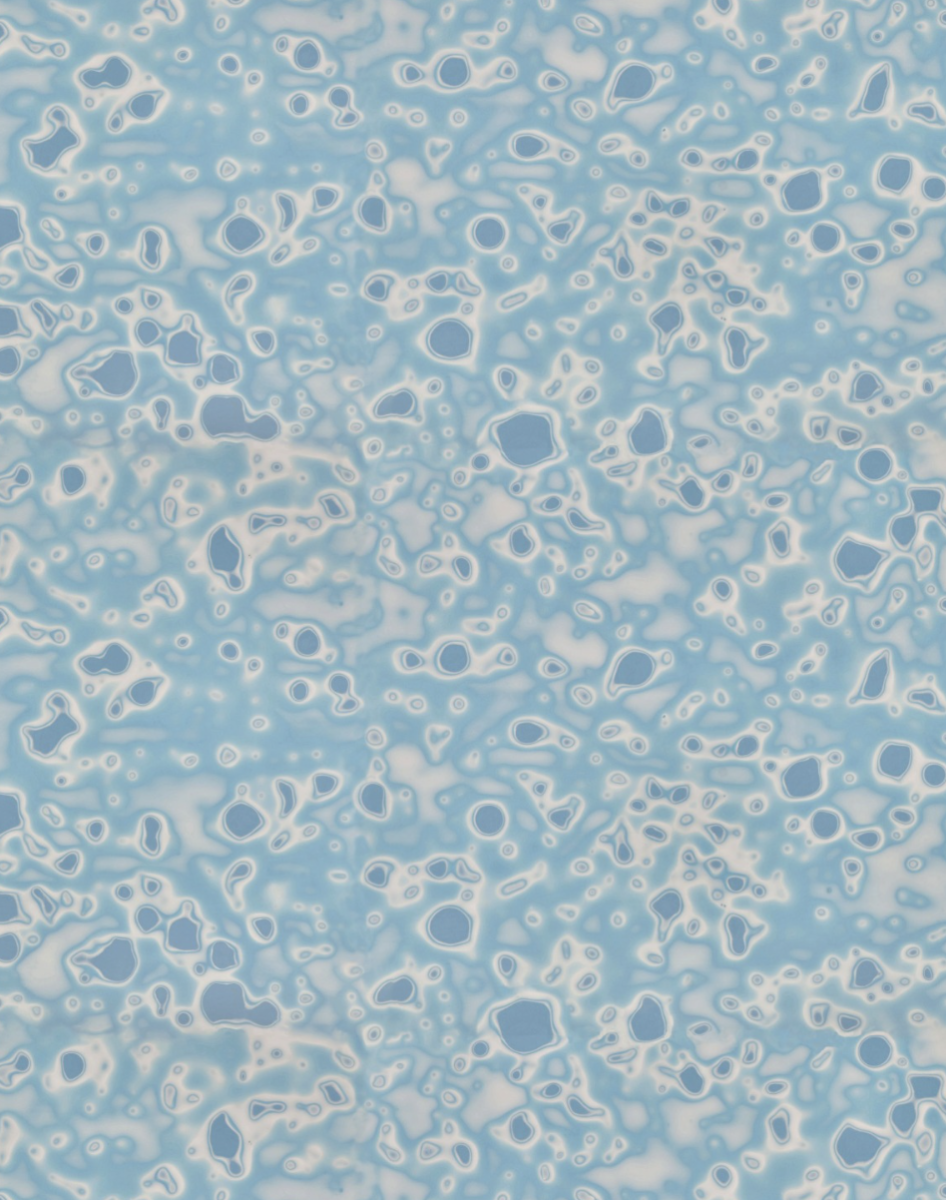This story starts with chopsticks.
An extended stay in Japan after a wedding 15 years ago saw Mirrl founder Simon Harlow immersed in a cultural exchange that would change the way he worked. Asked by a local client to provide European style joinery for a house that mixed both Japanese and European architectural styles, Simon learnt about Japanese joinery which is characterised by more complex joint detailing than modern European joinery. It’s a craft carried out by expert joiners and is highly respected in Japan.
One evening, Simon was set to cook his hosts dinner. He opened a cutlery drawer to discover a pair of chopsticks. Unable to tell if they were made from shell, mineral or timber, the lightweight chopsticks were unlike anything he’d seen before. Simon had discovered Tsugaru Nuri, a three-hundred-year-old Japanese lacquerware technique that involves the repeated lacquering and polishing of ware to create complex and unique surface patterns. The chopsticks were given to the family’s father as a retirement gift after 40 years of work.
 Mirrl's neon design. Image Credit,Mirrl
Mirrl's neon design. Image Credit,Mirrl
Intrigued, Simon started to consider if he could replicate the process by using synthetics to enable the effect to work at scale, making a whole sheet of material rather than the small pieces typified by traditional Tsugaru Nuri. Simon returned to Glasgow, and two years of experimentation followed in an attempt to reverse engineer the process, working backwards from the pattern he wanted to create. He failed repeatedly until one day he sanded a surface and there it was - the same look. Fast forward and Simon, alongside Mirrl co-founder Lewis Harley, is producing a range of bespoke surfaces for structural and decorative application in both interior and exterior architectural projects.
Mirrl's co-founder, Lewis, mixing paint and resin. Video Credit, Architextures
The Mirrl process begins with a substrate that doesn't necessarily have to be plywood but importantly needs to be something that won’t melt. They have used concrete, but most commonly turn to plywood as it works well with joinery. A thick base coat is applied, and the softness of the timber is overwritten with a new solidity. The colour of the base coat differs depending on the chosen colourway. Bright colours call for a white base coat to bounce light back, creating luminosity. A dark colourway demands a black basecoat which sees the light absorbed to add the illusion of depth.
Brush close-up on Mirrl surface. Video Credit, Architextures
Mirrl surfaces have natural ‘waxy’ feel with the patterns increasing in interest and complexity with proximity. They work well at both domestic and commercial scale, with domestic applications suited to the intimacy of a bespoke interior while commercial scale work has a broader aesthetic style, adding an interesting flavour to the environment. Possibilities for colourways are endless, ranging from the swirling cosmos of oranges and reds to more monochromatic inky blacks and greys. Clients often come with the colourway of previous Mirrl work they've seen. Others have a more personal approach with one client sending a picture of a red cabbage as a reference. She liked the purple and white in red cabbage alongside mustard necessitating a shopping trip for a red cabbage. RAL codes identified the perfect mustard.

 Left: Cosmos colour scheme. Right: Cirrus colour scheme. Image Credit, Mirrl
Left: Cosmos colour scheme. Right: Cirrus colour scheme. Image Credit, Mirrl
Work comes to Mirrl via word of mouth and Instagram and the company is set to grow with a desire to reach a wider, considered audience. New work includes a permanent outdoor stage as part of a placemaking project in London featuring large octagonal tiles with a dynamic colourway. Mirrl are drawn to larger projects that allow the public to enjoy the materials and the way colours sit together. Simon sites childhood playgrounds of bright green metalwork next to red rubber flooring producing a buzz between the two colours as influencing the desire for Mirrl to contribute to that magic and sense of playfulness.
The Mirrl journey started with a unique pair of chopsticks, transformed into something beautiful through craft. In their hands, surfaces become both personal and meaningful, with a story to tell. What more could you want from a material.
Vanessa Norwood is a curator and consultant for the built environment advocating for low-carbon architecture and materials.

